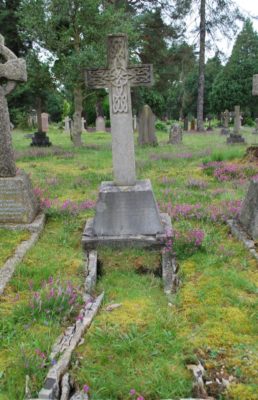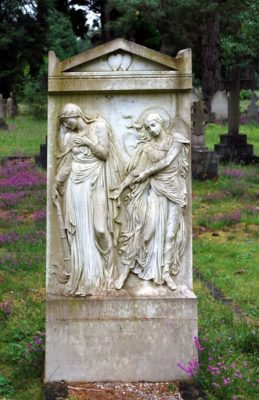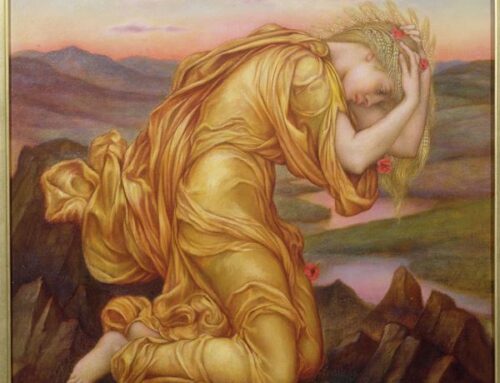Cemeteries are often beautiful, peaceful places, perfectly suited to contemplative remembrance. 40 minutes away from Central London by train, nestled in the idyllic Surrey countryside, is a rambling cemetery with a fascinating and unique past.

Brookwood Cemetery
By the mid-19th Century, the rather grim, crowded state of burial grounds in London posed health risks, with contaminated water supplies contributing to disease outbreaks. In 1850, Parliament ordered the closure of several overcrowded London cemeteries, commissioning a search for an alternative location that would provide the space to serve the burial needs of the capital for hundreds of years to come. The perfect site was found in the tranquil Surrey countryside, seemingly worlds away from London but in fact just 25 miles from the city. The 500-acre site in Woking would prove to be a complete contrast to the crowded cemeteries of the inner city. At the time it was built, Brookwood was the largest burial ground in the world, and the site was carefully landscaped under the guidance of gardeners from Kew.
One of the most unique aspects of Brookwood Cemetery was its railway, termed the London Necropolis railway, and rather tastelessly nicknamed the ‘dead meat train’ or the ‘stiff’s express’ by some morbid London residents. This railway line linked Brookwood Cemetery with a special terminus near the newly opened Waterloo Bridge station (now London Waterloo). The track transported mourners and coffins to two private stations within the cemetery: the Brookwood Cemetery South station served the Anglican sections, whilst the North station served the nonconformist sections. The London terminus, which opened in 1854, was specially built to perfectly meet the needs of its primary purpose, with waiting rooms for mourners and funeral services, storage for coffins, and a hydraulic lift to raise the coffins to platform level for their transport to the Cemetery.
The railway was operated by the London Necropolis Company, who offered three different classes of funerals. First class funeral parties were offered private waiting rooms and carriages, and could gather to watch the coffin being loaded into a first-class compartment. Third class parties shared a communal waiting room; however, Brookwood offered each body an individual plot, granting a level of dignity to the “pauper class”, as most other cemeteries continued the practice of mass graves for the poor.

The first class entry to the 1902 terminus
The London terminus was moved in 1902 to allow for the expansion of Waterloo station. The new building on Westminster Bridge Road remained open until 1941 when it was heavily damaged in an air raid. The last train to Brookwood Cemetery ran on April 11th 1941.
The cemetery’s two separate train stations were demolished in the 1960s. The service to Brookwood is now run by Southwest Trains out of Waterloo. The 45-minute journey transports the visitor to the mainline Brookwood Station where they enter the cemetery along an atmospheric tree-lined path.
Although Brookwood is no longer the largest burial ground in the world, it remains the largest in the UK, and since its opening in 1854, over 235,000 people have been buried there. The cemetery contains a military section, and is the final resting place of many well-known actors and artists, including William De Morgan and his wife Evelyn. The vast grounds are filled with spectacular tombs and touching memorials, and the cemetery still attracts a large number of visitors who gather for tours and talks given by members of the Brookwood Cemetery Society.

The headstone of William and Evelyn De Morgan, designed by Evelyn and carved by Sir George Frampton
A visit to Brookwood Cemetery is truly a moving experience on many levels, made all the more intriguing by its fascinating history.
If you would like to find out more about Brookwood, please visit their website.
Emma Coleman, Museum Officer






